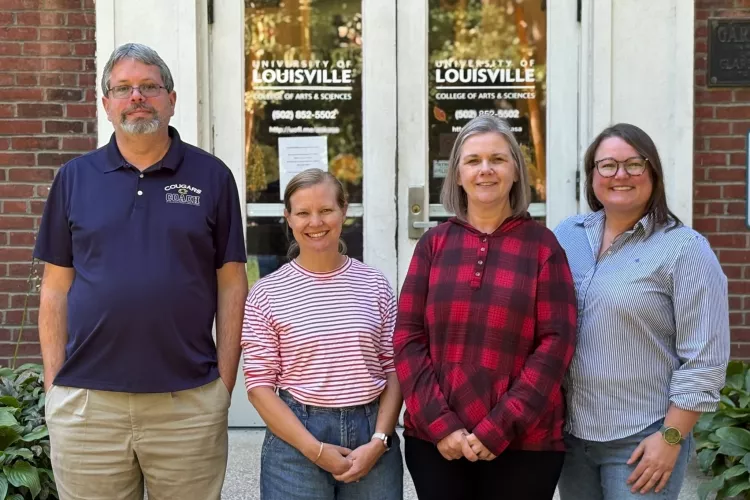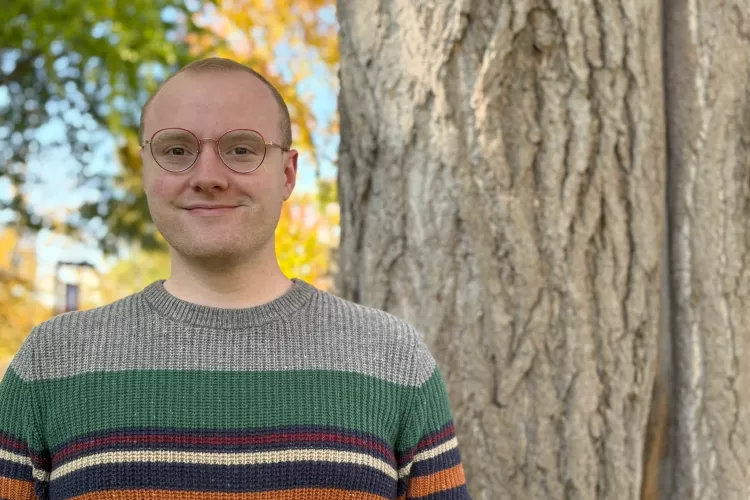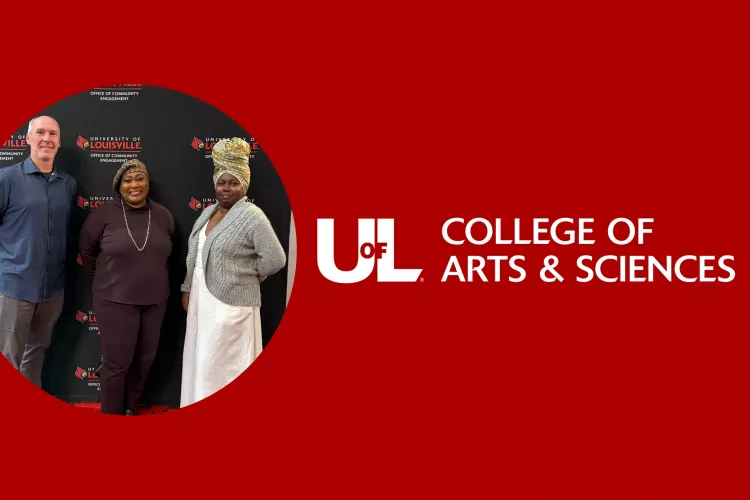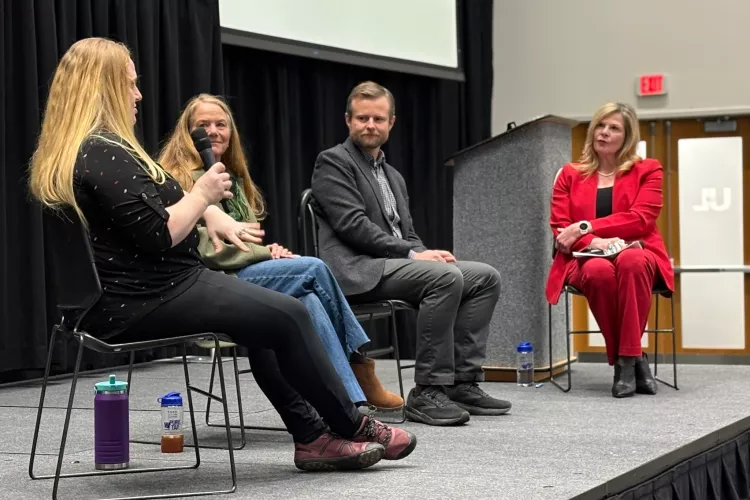Discover Human Evolution Through Numbers in a 4-Credit Interdisciplinary Class
October 15, 2025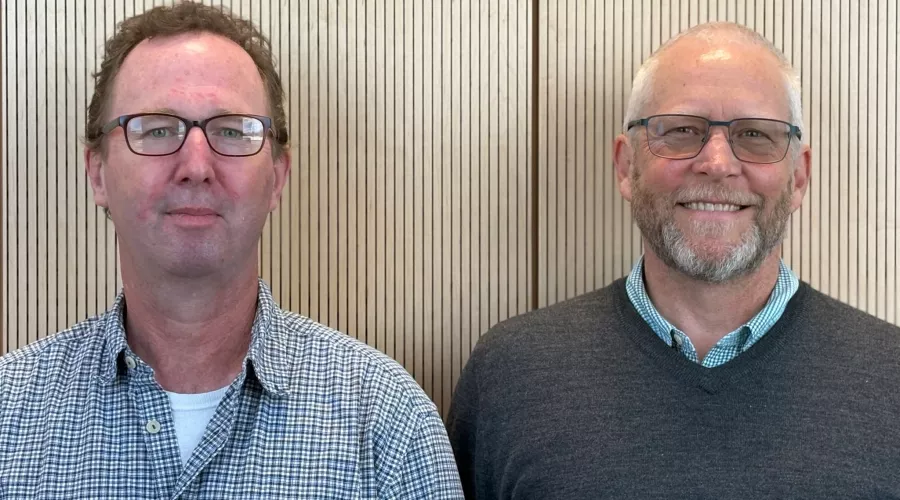
By Stephanie Godward, Communications and Marketing Director
Undergraduate students in Math 106, Applied Mathematics for Understanding Science and Evolution, have the unique opportunity to experience a “three-in-one” interdisciplinary class this spring combining mathematics, biological anthropology and a lab course – all while earning 4 total credits.
In 2018, the college aimed to develop more interdisciplinary courses. The idea for this course was born out of those efforts in addition to an initial grant and was first offered in 2020. Now, students have the chance to enroll in this course and take it during the spring 2026 semester.
David Swanson, Mathematics Department Chair, said the course helps students to grasp numbers that define natural history and its scale, in addition to providing them with opportunities to grapple with data in a way that will support their future academic endeavors.
“The natural history of the earth is over 4.5 billion years old. It is very difficult to grasp the scale of that, or even of an event that occurred only 2 million years ago,” Swanson said. “I think getting a sense of large numbers when you're dealing with students who are trying to learn human evolution is helpful, because some just have a hard time of understanding how long this has been going on.”
It's a matter of understanding the sense of scale when it’s applied to evolution, which is an important takeaway of this class, Swanson said.
One day a week, students focus on anthropology, while on a second day, they focus on math. During the third meeting of the class each week, students experience a lab day, in which the content is combined to analyze data.
Christopher Tillquist, Associate Professor of Anthropology, is a biological anthropologist with a background primarily focused on anthropological genetics or population genetics done on humans.
“That plays pretty well into talking about ‘mathy’ things, even if you're teaching the ‘mathy’ things at intro to college level,” he said. “Some of the questions that I think are interesting and fairly simple on the face of it are things like, how long have humans been around? Because that engages both math and anthropology.”
These concepts then lead to defining a human generation and asking how many generations of humans have been around. And before this point, Tillquist states, you have to decide what a human is.
“This could be the first time that a student actually does some real research,” Tillquist said. “We put them on a project, they collect the data, we show them how to curate the data, and then how to analyze the data, and in many instances, this is their first exposure to that kind of work. That's something that I see almost all of our students, even our graduate students, have not had experience in. So, I really think that the collection, curation and approaches to analyzing data is something that they can take away and use in their future career.”
Swanson said that while other math courses are important for students to gain a better understanding of personal finance, mortgage rates, etc., this course gives them an increased humanistic lens through which to view math. It also gives many students their first opportunity to gain skills in Microsoft Excel.
“In this course, they are not being scared by data, but they are seeing data, gathering data, organizing data, and interpreting data,” Swanson said.
By enrolling for and completing MATH 106, students not only enjoy the added benefits of earning 4 credits for a single course, but they also gain experience that will support them in the future.
"When students have the chance to do a small research project, it gives them a leg up for applying to a laboratory,” Tillquist said.
Swanson replied, “Exactly. And whatever we can do to help build quantitative skills with the students is a plus in my book.”
Related News

